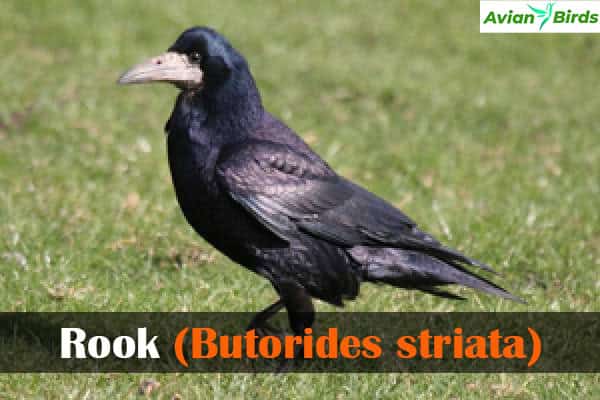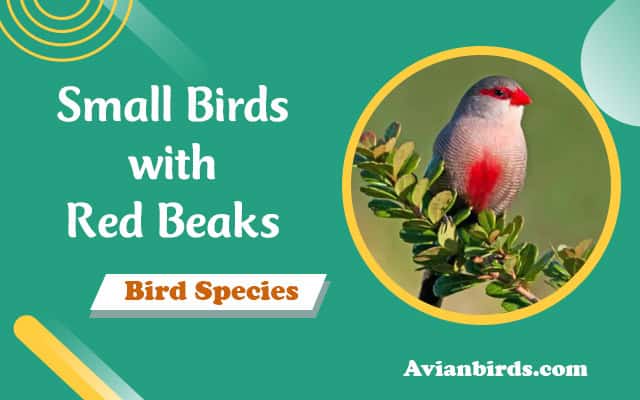Rook: Intelligent and Sociable Bird (With Pictures)
The Rook, scientifically named Corvus frugilegus, is a remarkable bird known for its intelligence, social nature, and adaptability. Found across Europe and Asia, Rooks are a part of the crow family and are fascinating creatures to observe.
~Here we’ll discuss Intelligent and Sociable Bird~
Fun Facts
- Scientific name – Butorides striata
- Lifespan: Average 7 years, up to 20+ years
- Weight: 430 grams (15 oz)
- Length: 45 cm (17.7 inches)
- Wingspan: 90 cm (35.4 inches)
- Family: Corvidae (Crows, Jays, Magpies, Choughs, Treepies)
1. Appearance
Rooks are medium-sized birds, measuring about 45 centimeters (18 inches) in length, with a wingspan ranging from 81 to 99 centimeters (32 to 39 inches). They have glossy black feathers that can shimmer with a purple or greenish hue in the sunlight. One distinctive feature of adult Rooks is the bare, greyish-white skin around the base of their beak, which helps differentiate them from other crows.
2. Habitat
Rooks thrive in a variety of habitats, including open fields, farmlands, and woodlands. They prefer areas where they can easily find food and often form large flocks. During winter, these flocks can grow even larger as Rooks gather for warmth and protection. They build their nests high in tall trees, often in colonies known as rookeries, which can house hundreds of nests.

3. Diet
The diet of a Rook is quite varied. They feed on insects, earthworms, seeds, grains, and sometimes small mammals and birds. Rooks are also scavengers and will eat carrion (dead animals) when available. Their opportunistic feeding habits allow them to adapt to different environments and food sources, making them highly resilient.
4. Behavior
These Rook are known for their social and intelligent behavior. They live in large, close-knit groups and communicate using a range of calls and vocalizations. Their intelligence is demonstrated through their problem-solving skills and use of tools. For example, Rooks have been seen using sticks to extract insects from tree bark and even dropping nuts onto roads for cars to crack open.
5. Breeding
During the breeding season, Rooks become even more social. They build their nests in colonies, with both males and females participating in the construction. The nests are made from twigs and lined with softer materials like grass and leaves. Females lay 3 to 5 eggs, which they incubate for about 16 to 18 days. Both parents are involved in feeding and caring for the chicks until they are ready to fledge.
6. Conservation Status
Currently, Rooks are not considered endangered. They have a stable population in most of their range, thanks to their adaptability and diverse diet. However, habitat loss and changes in agricultural practices can pose threats to their food supply. It is important to continue protecting their habitats to ensure their populations remain healthy.
Wrapping Up…
Rooks are fascinating birds with their shiny black feathers, social structures, and clever behaviors. Whether foraging in fields or nesting high in trees, they display a range of behaviors that highlight their intelligence and adaptability. Observing a flock of Rooks can be a delightful experience, revealing the intricate social dynamics and survival strategies of these remarkable birds.







